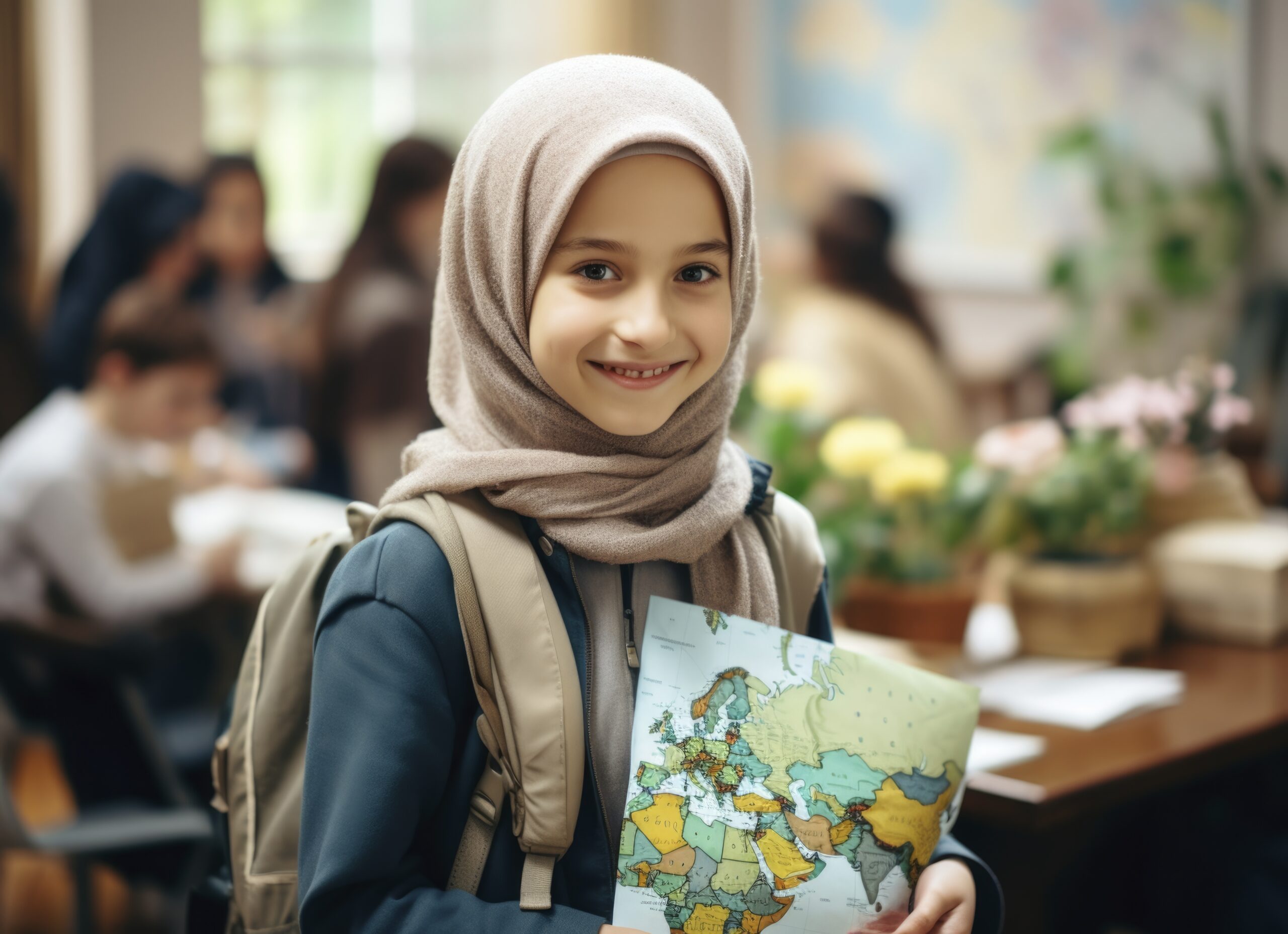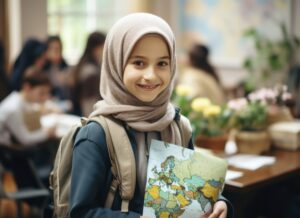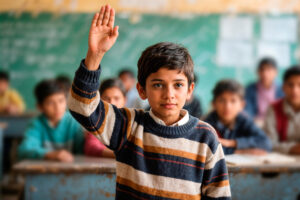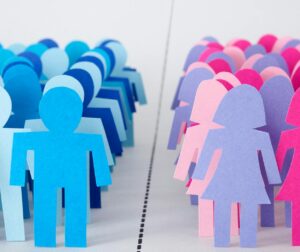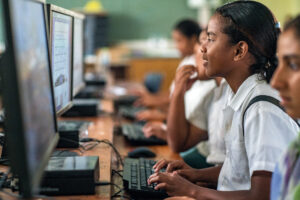Girls’ education is a foundation for economic growth, social stability, and lasting peace. When girls are educated, entire communities benefit, as educated women are more likely to contribute to society in meaningful ways. However, despite some progress, Pakistan still faces significant challenges in ensuring equal access to quality education for girls. Let us explore the importance of girls’ education in Pakistan, the barriers to its advancement, and the steps we can take to create a brighter and more equitable future.
Why Girls' Education Matters
Educating girls has profound and far-reaching impacts. According to UNICEF, educated girls tend to marry at a later age and have healthier children. They are also more likely to participate in the workforce, which helps lift families out of poverty. Similarly, UNESCO reports that for each year of education a girl receives, her future income can increase by up to 20 percent. This economic benefit is especially critical for Pakistan, where nearly 40 percent of the population lives below the poverty line.
Moreover, educated women are empowered to make decisions about their own lives, families, and communities. They tend to invest in their children’s education, thereby breaking the cycle of poverty for future generations. Educated girls also have greater awareness of health, hygiene, and reproductive rights, which translates into healthier families. Hence, girls’ education is about individual advancement and is a cornerstone for building a more prosperous and stable Pakistan.
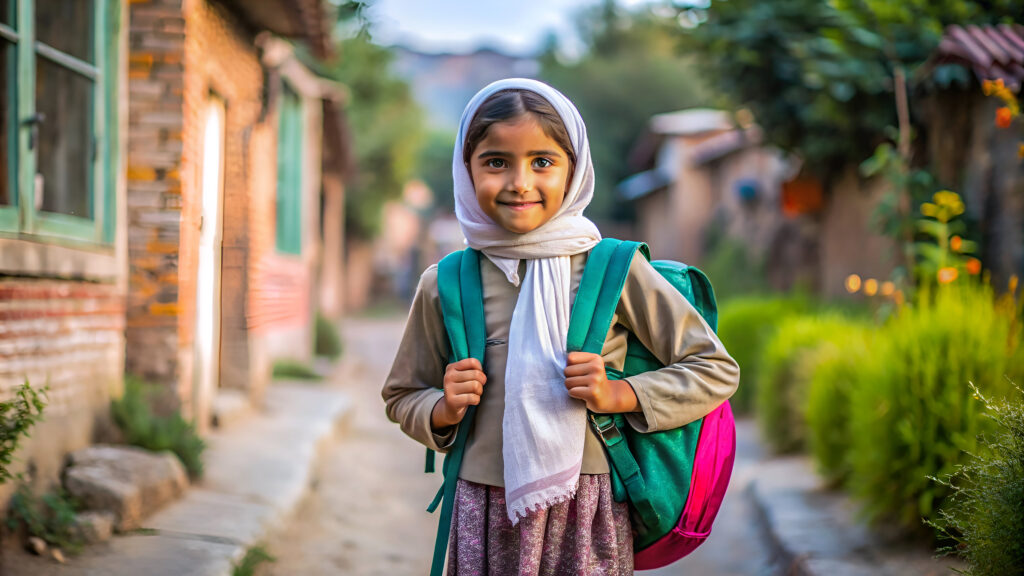
Barriers to Girls’ Education in Pakistan
Despite its importance, girls’ education in Pakistan faces many challenges, particularly in rural and impoverished areas. The key barriers are:
- Cultural Norms and Gender Bias: In certain regions of the country, traditional beliefs restrict girls’ access to education. Early marriages, gender bias, and societal roles often prevent them from attending school.
- Economic Constraints: Poverty is a major barrier. Many families can afford to educate only one child and tend to prioritize boys. Girls are also expected to help with household chores, limiting their time for schooling.
- Safety and Accessibility: In remote areas, schools are often far-flung, with limited or unsafe transport. Concerns about harassment and security further discourage parents from educating their daughters.
- Lack of Infrastructure and Resources: Rural schools often lack basic facilities, such as separate washrooms and qualified female teachers, which impacts enrollment and retention rates, especially at higher levels of education.
Policy and Implementation Gaps:
While Pakistan has supportive policies for girls’ education, there is a significant gap in their implementation due to limited resources, accountability issues, and inadequate infrastructure at the local level.
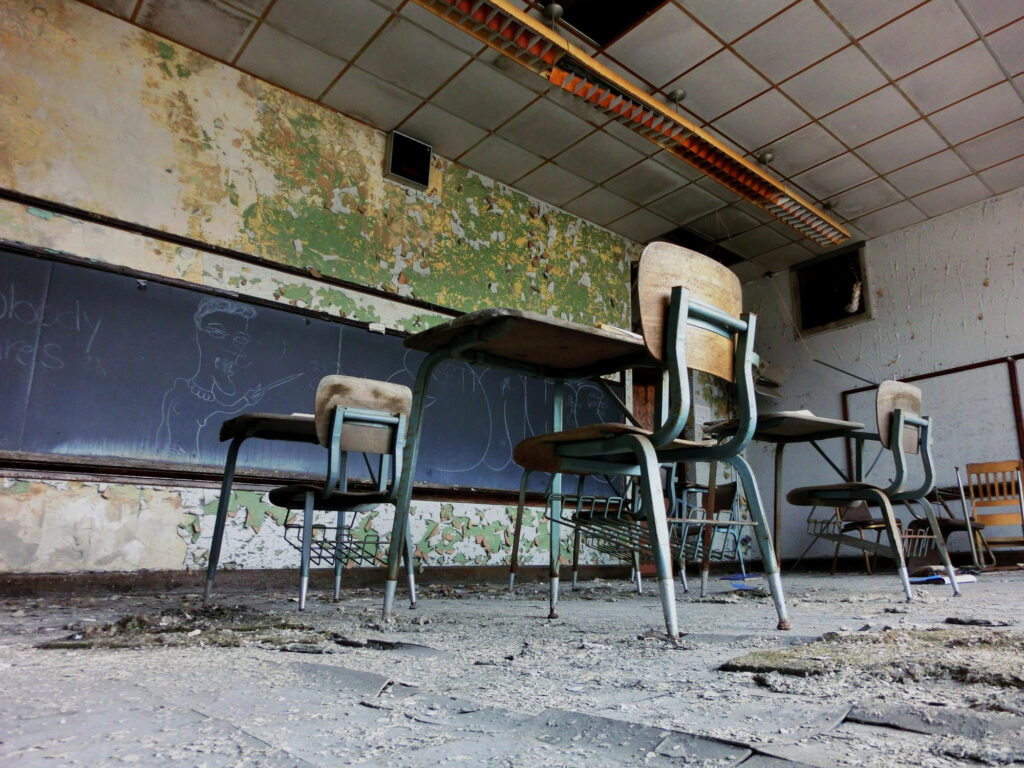
Steps Toward a Brighter Future
To improve girls’ education in Pakistan, the following targeted strategies can drive meaningful change:
1.Community Awareness and Advocacy
Local programs that engage teachers, religious figures, and parents can shift cultural perceptions and build support for girls’ education.
2.Governmental and Policy Support
Increased funding for school infrastructure, more female teachers, and additional resources in rural areas are essential. Regular assessments should ensure that policies are effectively implemented.
3.Financial Support Programs
Scholarships, stipends, and conditional cash transfers can ease economic burdens, encouraging families to keep girls in school.
4.Safe Transportation and School Infrastructure
Building accessible schools in rural areas, ensuring safe transport, and maintaining washroom facilities can significantly lower dropout rates.

The Road Ahead
Girls’ education is not merely an issue of access but a matter of justice, equality, and national development. Investing in girls’ education is one of the most effective strategies for reducing poverty and achieving sustainable development. It will take collaboration from all sectors of society to create a future where every girl in Pakistan has the opportunity to learn, grow, and lead.
Overcoming Barriers
In Pakistan, there are several hurdles to girls’ education. Poverty, child marriage, and gender-based violence continue to be major issues. Another challenge they encounter is the limited availability of free, top-notch educational institutions that employ female instructors. Due to a shortage of such institutions and poor quality education, girls are sometimes forced to resort to early marriages or engage in domestic or paid jobs.
Disclaimer:
Any opinions expressed in this blog do not necessarily reflect the opinions of CREDP. This content is meant for informational purposes only.
